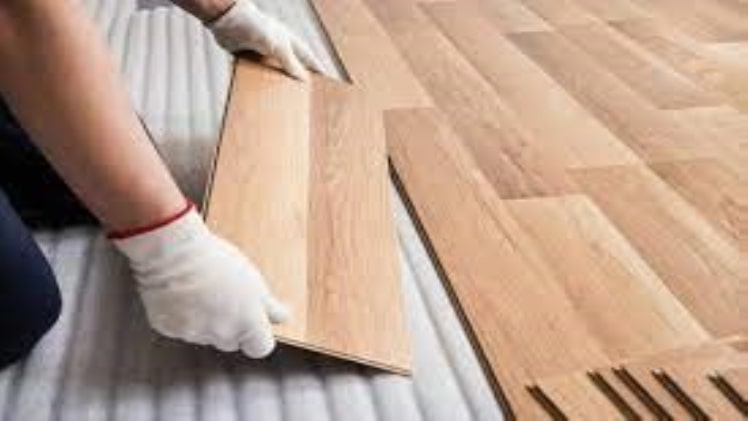Flooring is the center of attraction in any house. It is more likely to notice how a floor is configured, and designed, or how attractive it looks compared to other surfaces of a room or building.
This articlecenters its attention onlaminated floors.
Floors are diverse depending on the materials used to make them for example concrete, ceramic, or wooden floor come from different substances like wood and cement. Laminate floors are man-made types of covering or finish thatcomprise fiberboard plates or sheets covered with an image coating and clear-wear top sheet.
If you are putting up a laminate floor or considering renting a house with this type of ground surfacing, these are the factors you should consider.
The flooring thickness
The thickness of the flooring is determined by the stability of the subfloor, the space between it and any objects in the room, and whether the laminate has any padding attached beneath. Thinner laminates merge well with a stable sub-floor. In offices or homes requiring sound buffing, or where the subfloors are either uneven or made of wood, thicker laminates are better choices.
Extra flooring features
In addition to the various designsof laminates, more features can be included to enhance their appearance, and improve durability and resistance to moisture. These characteristics includescratch-free, water resistance, underlayment beneath the laminate floor, or protection from any spillages that might affect the flooring.
Flooring locking system
A major benefit of laminate flooring is that it requires no nailing or hammering, and neither do they require glue. The planks are locked together using various technologies from various manufacturers to firmly create a floor. Some flooring uses mechanical technology that incorporates aluminum to bind the pieces together. Other locking systems use grove and tongue technologyto interlock the pieces together.
Production process
Flooring production happens in two ways: direct pressure and high-pressure laminate. High-pressure laminate is highly preferred for places or rooms with high foot traffic like the kitchen, whereas direct laminate withstands 300-500 pounds of pressure and is best suited for parts with lesser foot traffic like in bedrooms.
The width of laminating Boards
The width of the laminating board plays a major role in the floor’s final appearance. Thinner boards enlarge a small room and wider boards complement vast grounds. Even though laminated floorings look like hardwood, boards larger than six inches can give the floor a tile look.
Texture
Creativity in the smoothness or roughness of a laminate surface gives rise to an authentic, homely-looking floor. Flooring texture can mimic a stone or natural wood finish. Additionally, smooth-looking textures uplift a shiny glossy look.
Flooring styles
Laminate floors come in many styles determined bythe plank strip design. These can either be 3, 2, or 1 plank designs. Two narrow strips give a plank a natural hardwood look,while one strip plank comes with the most attractive texture and rounded edges.
A Two-plank laminate design
Conclusion
As reported by this article, it is surprising how much choice and flexibility are offered by laminated floors. This article, therefore, offers insight anddiscernment into the type of floor that givesa wider variety of choices and styles.


